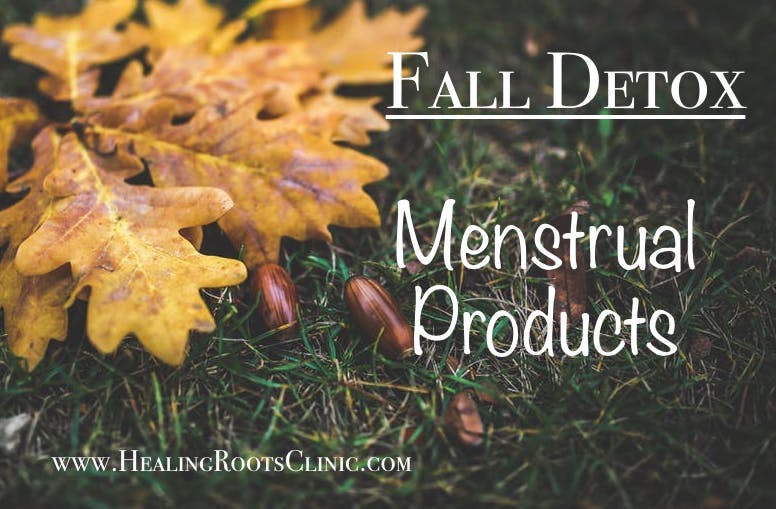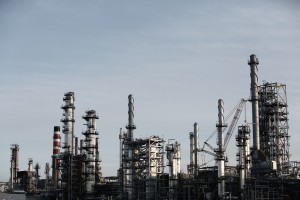
Guess how many disposable period products a menstruating individual will use during the 30+ years from menarche to menopause… 500? 1,000? 2,000?
According to New York’s Representative Carolyn Maloney, “the average woman will use over 16,800 tampons and pads over the course of her lifetime.” Representative Maloney has introduced a bill to study menstrual hygiene products for negative health effects such as cervical cancer, endometriosis, infertility, and ovarian cancer because “almost no independent research has investigated potential health impacts of long-term feminine hygiene product use, aside from the many studies on TSS [Toxic Shock Syndrome]” (Rewire).
Aside from the landfill waste that these one-time-use products create, having our bodies exposed every cycle to unknown ingredients is also an issue. Makers of menstrual products are not required to list their ingredients, so I opt to buy products in which the company practices transparency and voluntarily lists the ingredients on the box.
What You Don’t Want in Your Menstrual Products and Why…
 Petroleum. Yes, the black sludge that comes out of the earth is very much present in most menstrual products in various forms of plastic: rayon, polyester, polyethylene, and polypropylene. Petroleum contains carcinogens (substances known to cause cancer) and endocrine-disrupting chemicals which affect hormones including reproductive, thyroid, adrenal, pancreatic, and more. For a visual of petroleum in menstrual pads, Andrea Donsky from Naturally Savvy sets on fire an Always pad and a Natracare pad.
Petroleum. Yes, the black sludge that comes out of the earth is very much present in most menstrual products in various forms of plastic: rayon, polyester, polyethylene, and polypropylene. Petroleum contains carcinogens (substances known to cause cancer) and endocrine-disrupting chemicals which affect hormones including reproductive, thyroid, adrenal, pancreatic, and more. For a visual of petroleum in menstrual pads, Andrea Donsky from Naturally Savvy sets on fire an Always pad and a Natracare pad. - Fragrance. This term can include hundreds of chemicals, many of which disrupt our endocrine systems and cause allergic responses. Stink! is a great documentary full of information about how toxic chemicals like “fragrance” affect our bodies.
- Chlorine. According to this Forbes article, “Tampon manufacturers formerly used chlorine gas to bleach the rayon used in tampons, but the method was abandoned in the nineties to reduce the formation of dioxin compounds, which are persistent organic pollutants that accumulate in the environment. All brands now use either elemental chlorine-free (ECF) bleaching without chlorine gas or totally chlorine-free (TCF) bleaching agents.” The author goes on to say that Seventh Generation uses hydrogen peroxide for its bleaching agent.
- Dye. This is just more unnecessary exposure to chemicals that haven’t been studied and therefore proven safe.
- And more. Since we don’t know what we don’t know, there may be other contaminants or even preservatives in the menstrual products we use.
Toxin-free Menstrual Products…
 There are lots of companies disclosing the ingredients in their pads and tampons. I recommend using them:
There are lots of companies disclosing the ingredients in their pads and tampons. I recommend using them:
- Seventh Generation
- Natracare
- Lola
- Honest
Here are Seventh Generation menstrual pads and Seventh Generation tampons without an applicator.
Even Better… Reusable Toxin-free Menstrual Products…
Did you know about all of these options?! There are…
- menstrual cloth pads,
- menstrual cups,
- menstrual sea sponges,
- and even period underwear (this link gets you $10 off your order)!
These can save landfills from months or even years of one-time use menstrual products.
What About You?
What has your experience been with traditional menstrual products? And have you tried some newer period products out there? I would love to hear what you have to say in our comment section. Please inspire each other!
As a registered Naturopathic Doctor in the state of Colorado, I specialize in addressing the underlying issues related to thyroid, autoimmunity, digestion, chronic congestion, and adult acne. If you’re interested in working with me, schedule a free “Is this a good fit?” office or phone consult so that you can find out how I can help you.
(Amazon Affiliate links are located in this post.)

 Petroleum.
Petroleum.